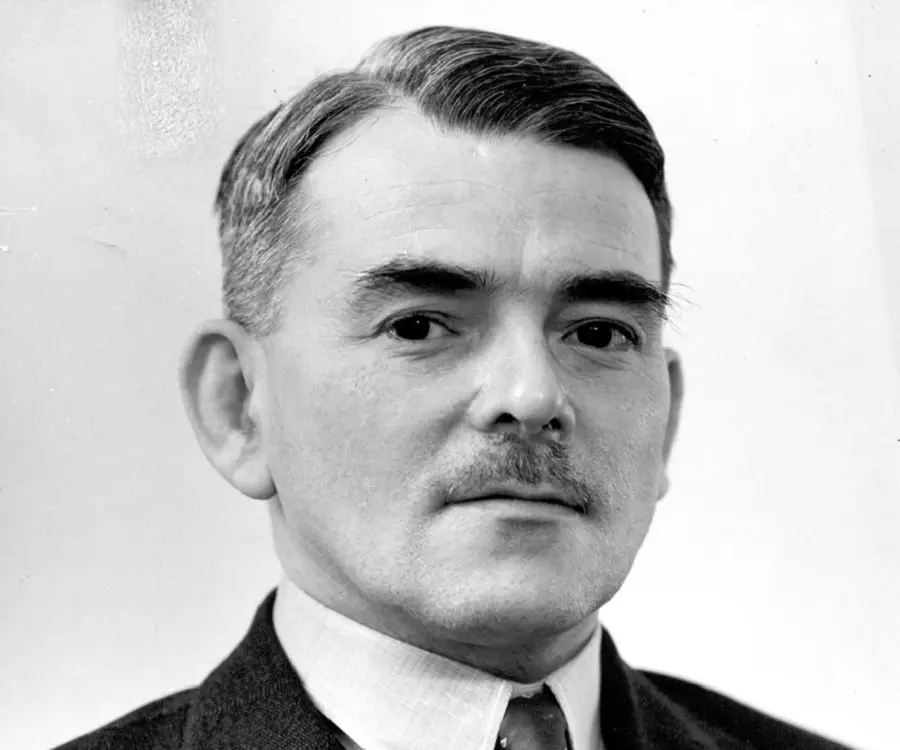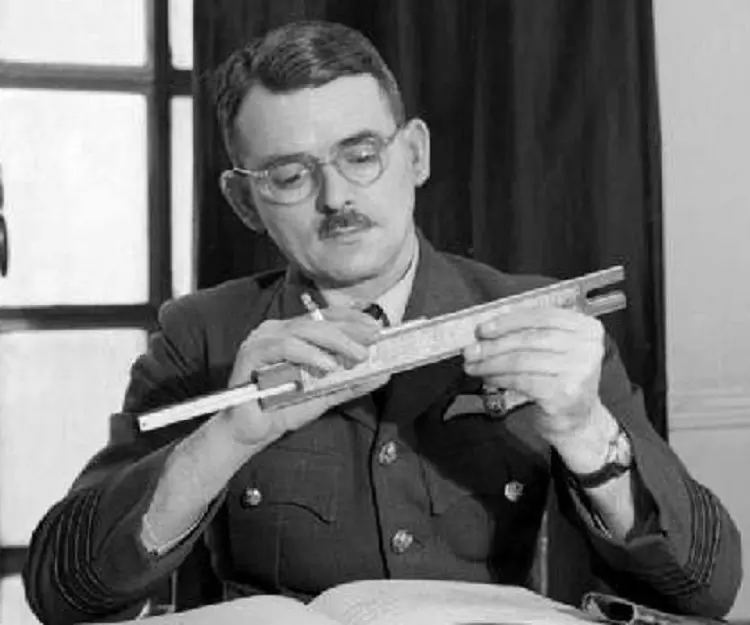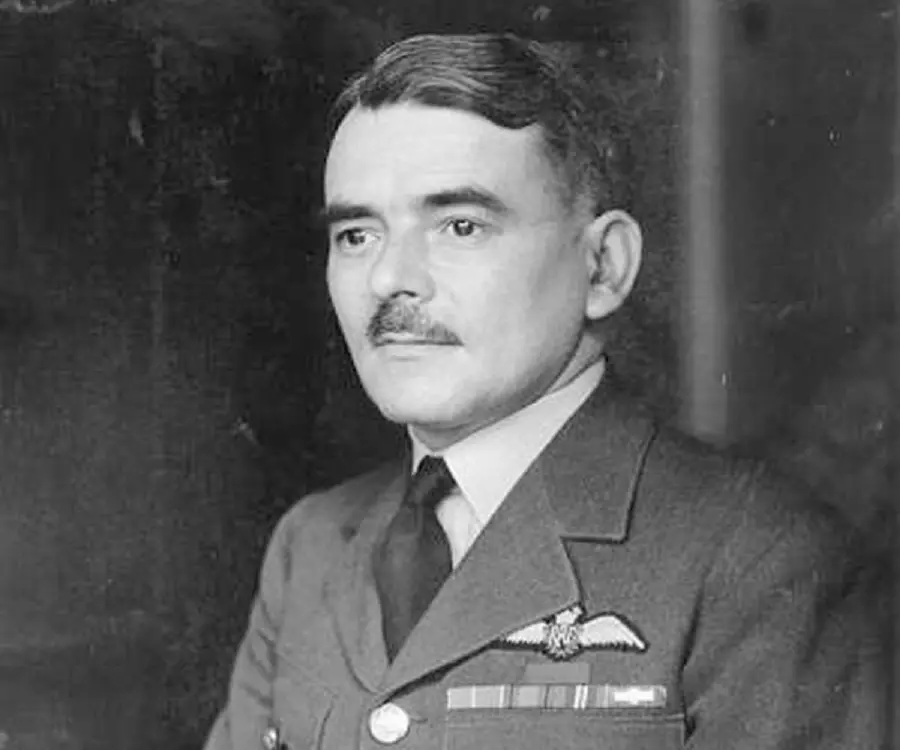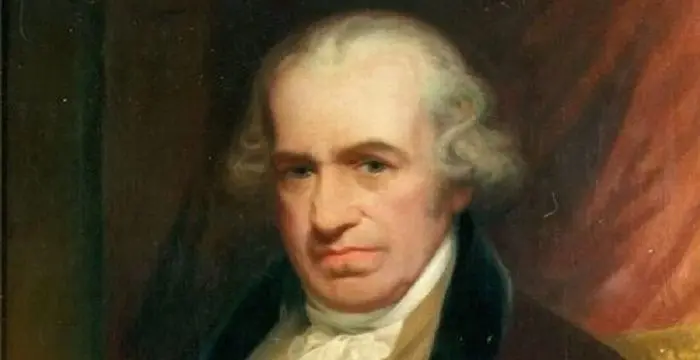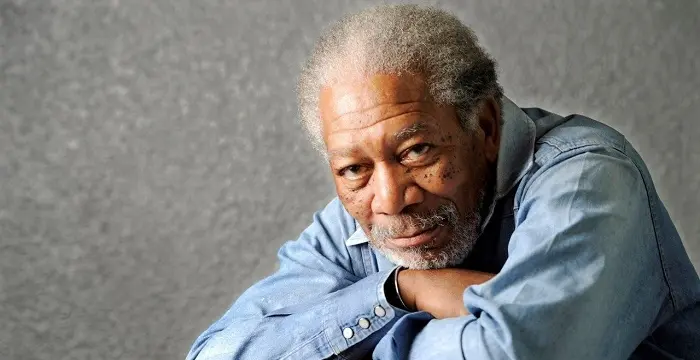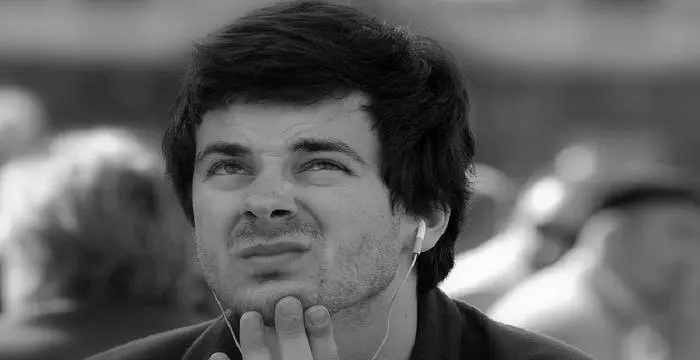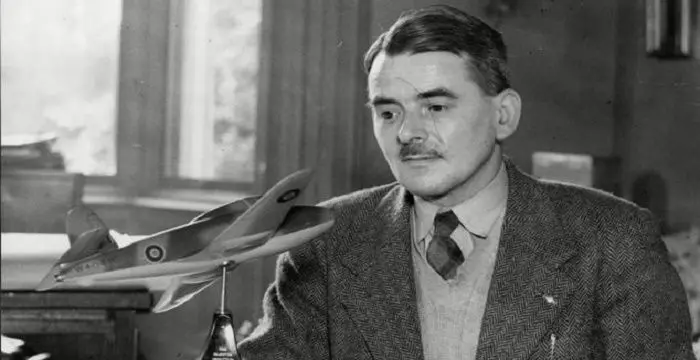
Frank Whittle - Inventor of Turbojet Engine, Facts and Personal Life
Frank Whittle's Personal Details
Frank Whittle was a Royal Air Force Officer who is credited with inventing the turbojet engine
| Information | Detail |
|---|---|
| Birthday | June 1, 1907 |
| Died on | August 9, 1996 |
| Nationality | British |
| Famous | Atheists, Inventors & Discoverers, Inventor of Turbojet Engine |
| Spouses | Hazel Hall |
| Universities |
|
| Founder / Co-Founder |
|
| Discoveries / Inventions |
|
| Birth Place | Earlsdon |
| Gender | Male |
| Sun Sign | Gemini |
| Born in | Earlsdon |
| Famous as | Inventor of Turbojet Engine |
| Died at Age | 89 |
Frank Whittle's photo
Who is Frank Whittle?
Frank Whittle was an English Royal Air Force (RAF) Officer who is credited with single-handedly inventing the turbojet engine. A child prodigy, Whittle since early showed a knack for making it big. As a child, he was passionate about flying. His mathematical genius and technical proficiency helped him realize his ambition as he overcame his physical deficiency to serve as an aircraft apprentice. Soon, he became an accomplished pilot. It was while writing his thesis that Whittle first introduced to the world the fundamental concept of turbojet engine. Despite several constraints, Whittle succeeded in realizing his dream and the first prototype ran in 1937. Over the course of his career, financial assistance and encouragement by Air Ministry helped in further development of the jet engine which was later nationalized in 1944. Meanwhile, Whittle rose up in his RAF rank, eventually receiving a knighthood and retiring as an Air Commodore. For his remarkable contribution, he was bestowed with numerous prestigious honours
// Famous Inventors & Discoverers
Nikola Tesla
Nikola Tesla was a Serbian-American inventor, best known for his development of alternating current electrical systems. This biography of Nikola Tesla provides detailed information about his childhood, life, achievements, works & timeline.
Thomas Newcomen
Thomas Newcomen was a British inventor who developed the world’s first steam engine. Browse through this biography to learn in details about his life, career, works and timeline.
Erno Rubik
The famous inventor and educationist, Erno Rubik is known world-wide for his invention the ‘Rubik’s Cube’. To know more about the childhood, profile, timeline and career of this famous architect-inventor read on.
Childhood & Early Life
Frank Whittle was the eldest son born to Moses Whittle and Sara Alice Garlick on June 1, 1907 in Earlsdon Coventry, England.
Academically brilliant, Whittle, completed his studies from Milverton School, and gained a scholarship to study at Leamington College for Boys. However, financial constraints led him to leave his studies midway.
His father’s Leamington Valve and Piston Ring Company gave Whittle his first exposure to tools and single-cylinder gas engine of which he later became an expert. He soon developed practical engineering skills.
Career
Whittle’s interest in aviation helped him serve as aircraft apprentice for Royal Air Force (RAF). However, due to diminutive stature, he started training as an aircraft mechanic.
He enrolled in the officer training program in RAF Cranwell. The training gave him his first flying experience. Whittle soon gained a reputation for daredevil low flying and aerobatics.
While a cadet, Whittle submitted a thesis on potential aircraft design developments through which he argued that for flights to fly at high altitudes, with greater speed and covering longer range, a new motor engine would be required.
In 1928, he graduated from Royal Air Force College to be commissioned as a Pilot Officer. He joined No. 111 Squadron, flying over the Siskin Ills. Following year, he was posted to the Central Flying School for flying instructor’s course.
It was while in Central Flying School that Whittle’s engine concept gained attention. The design was appreciated by Flying Officer Pat Johnson who soon took it to the commanding officer.
By 1929, Whittle sent his engine design to Air Ministry who first turned it down blaming it to be impracticable. As such, left with no choice, Whittle patented the idea himself.
In 1930, Whittle was promoted to the rank of Flying Officer. Following year, he was posted at the Marine Aircraft Experimental Establishment at Felixstowe as an armament officer and test pilot of seaplanes. Despite having no previous knowledge, he gained a reputation for flying 20 different types of floatplanes, flying boats, and amphibians.
In 1932, he attended the Officer’s Engineering Course at RAF Henlow, Bedfordshire. His exceptional performance led him to take up a two-year engineering course at the Cambridge University in 1934. Same year, he was promoted as Flight Lieutenant.
In 1935, the renewal for his jet engine patent was looming. With no means to pay, the patent lapsed. During this time, he befriended Rolf Dudley Williams and James Collingwood Tinling who promised to gather financial support from Sir Maurice Bonham-Carter and Lancelot Law Whyte.
Having gained approval from Air Ministry and finding monetary assistance, Whittle founded Power Jets Ltd. Being a full-time RAF officer and a Cambridge student, Whittle took up the title of Honorary Chief Engineer and Technical Consultant at Power Jets Ltd. He started working on the development of turbo jet engine.
In April 1937, test runs for Whittle first turbo jet engine was made at the BTH works in Rugby. It was the world’s first turbo jet unit and was named W.U. (Whittle’s Unit). Realizing the potential of the new engine, the Air Ministry financially backed Whittle’s project for further development. They placed an order for a flyable version of the engine.
With the onset of World War II, the British government became keener on supporting Whittle’s Unit. By April 1941, the new engine which received the named W1 was ready for flight testing. The maiden flight testing was made on May 15, 1941 of an allied Turbo-jet, the Gloster E28/39 at Cranwell. It flew for 17 minutes at a top speed of 340mph. Within days, the aircraft reached 370 mph at 25000 ft.
Following the successful maiden flight, news of the powerful jet engine reached the American shores. By October 1942, the Americans came up with their Bell XP-59A Airacomet.
The Air Ministry issued a contract for mass production of 3000 W2 engines for Gloster Meteor to Rover Company. However, due to the latter’s failure to meet the demand, the contract was handed over to the Rolls Royce in 1943.
In 1943, Whittle rose to the rank of Wing Commander. Same year, he proposed nationalization of jet developments. This was basically suggested because he knew that private companies would greatly benefit from the technology during the war. Also, nationalization would secure easy repayment of debts.
By 1944, the British finally set their hands on the jet fighter with Rolls Royce engines that were designed by Frank Whittle. Power Jets started to develop the W2/700 and the final engine built was fitted with Afterburning/Reheat, which was to be used on the Miles 52 Supersonic Aircraft Experimental Project. Same year, he became Group Captain.
In 1946, he was made Air Commodore. He resigned from Power Jets after it was nationalized and merged with Gas Turbine section of RAE to form National Gas Turbine Establishment.
In 1948, he retired from RAF with the rank of Air Commodore. In his latter life, he took up various works such as BOAC’s technical advisor, Shell Oil’s and Bristol Aero Engine’s mechanical engineer, United States Naval Academy as NAVAIR Research Professor, and so on. He also penned a biography, ‘Jet: The Story of a Pioneer’
Major Works
Whittle’s major contribution has been as the inventor of jet engine. It was while working on his thesis that the idea first struck him of a powerful engine that would allow flights at high altitude and greater speed. To pursue the same, he set on a mission and soon realized it when the first prototype of the jet engine came into being in 1937.
Awards & Achievements
For his remarkable contribution in the development of jet engine, he was bestowed with numerous honors including Order of the Merit, Order of the Bath, Louis E Levy Medal, Commander of the Legion of Merit, Royal Society of Arts Albert Medal, and so on.
He was made Knight Commander of the Order of the British Empire, Military Division.
He was made Fellow of the Royal Society and Honorary Fellow of the Royal Aeronautical Society.
Together with von Ohain, he won the Charles Strak Draper Prize for their work on turbojet engines.
Personal Life & Legacy
On May 24, 1930, Whittle first married Dorothy Mary Lee. The couple was blessed with two sons, David and Ian.
In 1976, he divorced Dorothy and married American Hazel S Hall and emigrated to US.
Over the course of his life, Whittle suffered from health issues. He faced stress related ailments and took drugs to keep him wide awake through the day and fast asleep by the night.
He breathed his last on August 9, 1996 due to lung cancer at his home in Columbia, Maryland. After being incinerated in America, his ashes were taken to England where they were kept in a church in Cranwell.
// Famous Atheists
Morgan Freeman
Morgan Freeman is an Academy Award winning actor known for his work in movies like ‘Street Smart’, ‘Driving Miss Daisy’ and ‘Million Dollar Baby’. This biography provides detailed information about his childhood, life, achievements, works & timeline.
Robert Smith
Robert Smith is an English musician and the lead singer of the British rock band, ‘The Cure.’ This biography of Robert Smith gives detailed information on his profile, childhood, life and timeline.
Jack Black
Jack Black is a renowned American actor-producer and voice artist. Explore this biography to learn more about his profile, childhood, career and timeline
Frank Whittle's awards
| Year | Name | Award |
|---|---|---|
Other | ||
| 0 | 1991 - Charles Stark Draper Prize | |
| 0 | Legion of Merit | |
| 0 | 1950 - Rumford Medal | |
Frank Whittle biography timelines
- // 1st Jun 1907Frank Whittle was the eldest son born to Moses Whittle and Sara Alice Garlick on June 1, 1907 in Earlsdon Coventry, England.
- // 1928In 1928, he graduated from Royal Air Force College to be commissioned as a Pilot Officer. He joined No. 111 Squadron, flying over the Siskin Ills. Following year, he was posted to the Central Flying School for flying instructor’s course.
- // 1929By 1929, Whittle sent his engine design to Air Ministry who first turned it down blaming it to be impracticable. As such, left with no choice, Whittle patented the idea himself.
- // 1930In 1930, Whittle was promoted to the rank of Flying Officer. Following year, he was posted at the Marine Aircraft Experimental Establishment at Felixstowe as an armament officer and test pilot of seaplanes. Despite having no previous knowledge, he gained a reputation for flying 20 different types of floatplanes, flying boats, and amphibians.
- // 24th May 1930On May 24, 1930, Whittle first married Dorothy Mary Lee. The couple was blessed with two sons, David and Ian.
- // 1932 To 1934In 1932, he attended the Officer’s Engineering Course at RAF Henlow, Bedfordshire. His exceptional performance led him to take up a two-year engineering course at the Cambridge University in 1934. Same year, he was promoted as Flight Lieutenant.
- // 1935In 1935, the renewal for his jet engine patent was looming. With no means to pay, the patent lapsed. During this time, he befriended Rolf Dudley Williams and James Collingwood Tinling who promised to gather financial support from Sir Maurice Bonham-Carter and Lancelot Law Whyte.
- // 1937Whittle’s major contribution has been as the inventor of jet engine. It was while working on his thesis that the idea first struck him of a powerful engine that would allow flights at high altitude and greater speed. To pursue the same, he set on a mission and soon realized it when the first prototype of the jet engine came into being in 1937.
- // Apr 1937In April 1937, test runs for Whittle first turbo jet engine was made at the BTH works in Rugby. It was the world’s first turbo jet unit and was named W.U. (Whittle’s Unit). Realizing the potential of the new engine, the Air Ministry financially backed Whittle’s project for further development. They placed an order for a flyable version of the engine.
- // 1941With the onset of World War II, the British government became keener on supporting Whittle’s Unit. By April 1941, the new engine which received the named W1 was ready for flight testing. The maiden flight testing was made on May 15, 1941 of an allied Turbo-jet, the Gloster E28/39 at Cranwell. It flew for 17 minutes at a top speed of 340mph. Within days, the aircraft reached 370 mph at 25000 ft.
- // Oct 1942Following the successful maiden flight, news of the powerful jet engine reached the American shores. By October 1942, the Americans came up with their Bell XP-59A Airacomet.
- // 1943The Air Ministry issued a contract for mass production of 3000 W2 engines for Gloster Meteor to Rover Company. However, due to the latter’s failure to meet the demand, the contract was handed over to the Rolls Royce in 1943.
- // 1943In 1943, Whittle rose to the rank of Wing Commander. Same year, he proposed nationalization of jet developments. This was basically suggested because he knew that private companies would greatly benefit from the technology during the war. Also, nationalization would secure easy repayment of debts.
- // 1944By 1944, the British finally set their hands on the jet fighter with Rolls Royce engines that were designed by Frank Whittle. Power Jets started to develop the W2/700 and the final engine built was fitted with Afterburning/Reheat, which was to be used on the Miles 52 Supersonic Aircraft Experimental Project. Same year, he became Group Captain.
- // 1946In 1946, he was made Air Commodore. He resigned from Power Jets after it was nationalized and merged with Gas Turbine section of RAE to form National Gas Turbine Establishment.
- // 1948In 1948, he retired from RAF with the rank of Air Commodore. In his latter life, he took up various works such as BOAC’s technical advisor, Shell Oil’s and Bristol Aero Engine’s mechanical engineer, United States Naval Academy as NAVAIR Research Professor, and so on. He also penned a biography, ‘Jet: The Story of a Pioneer’
- // 1976In 1976, he divorced Dorothy and married American Hazel S Hall and emigrated to US.
- // 9th Aug 1996He breathed his last on August 9, 1996 due to lung cancer at his home in Columbia, Maryland. After being incinerated in America, his ashes were taken to England where they were kept in a church in Cranwell.
// Famous British peoples
Wentworth Miller
Wentworth Miller is an American actor and screenwriter who achieved recognition for his role in the TV series ‘Prison Break’.
Sophie Reade
Sophie Victoria Reade is a British model and reality show star. Let’s take a look at her family and personal life, including her age, birthday, boyfriends, and some interesting facts.
Josh Temple
Check out all that you wanted to know about Josh Temple (Slogoman), the famous British YouTube Personality; his birthday, his family and personal life, his girlfriends, fun trivia facts and more.
Yammy Xox
Check out all that you wanted to know about Yammy Xox, the famous British YouTube Personality; her birthday, her family and personal life, her boyfriends, fun trivia facts and more.
Grian
Grian is an English YouTube gamer and social media influencer. Check out this biography to know about his birthday, childhood, family life, achievements and fun facts about him.
Benjamin Atkinson
Benjamin Atkinson is the son of the world-renowned British actor and comedian, Rowan Atkinson. Check out this biography to know about his childhood, family, personal life, including his age, birthday, etc.
Frank Whittle's FAQ
What is Frank Whittle birthday?
Frank Whittle was born at 1907-06-01
When was Frank Whittle died?
Frank Whittle was died at 1996-08-09
Where was Frank Whittle died?
Frank Whittle was died in Columbia
Which age was Frank Whittle died?
Frank Whittle was died at age 89
Where is Frank Whittle's birth place?
Frank Whittle was born in Earlsdon
What is Frank Whittle nationalities?
Frank Whittle's nationalities is British
Who is Frank Whittle spouses?
Frank Whittle's spouses is Hazel Hall
What was Frank Whittle universities?
Frank Whittle studied at Peterhouse, Cambridge, Royal Air Force College Cranwell, University of Cambridge, North Leamington School
Which company or organization was founded by Frank Whittle?
Frank Whittle was the founder/co-founder of Power Jets
What is Frank Whittle's inventions/discoveries?
Jet Engine was invented (or discovered) by Frank Whittle
What is Frank Whittle's sun sign?
Frank Whittle is Gemini
How famous is Frank Whittle?
Frank Whittle is famouse as Inventor of Turbojet Engine
